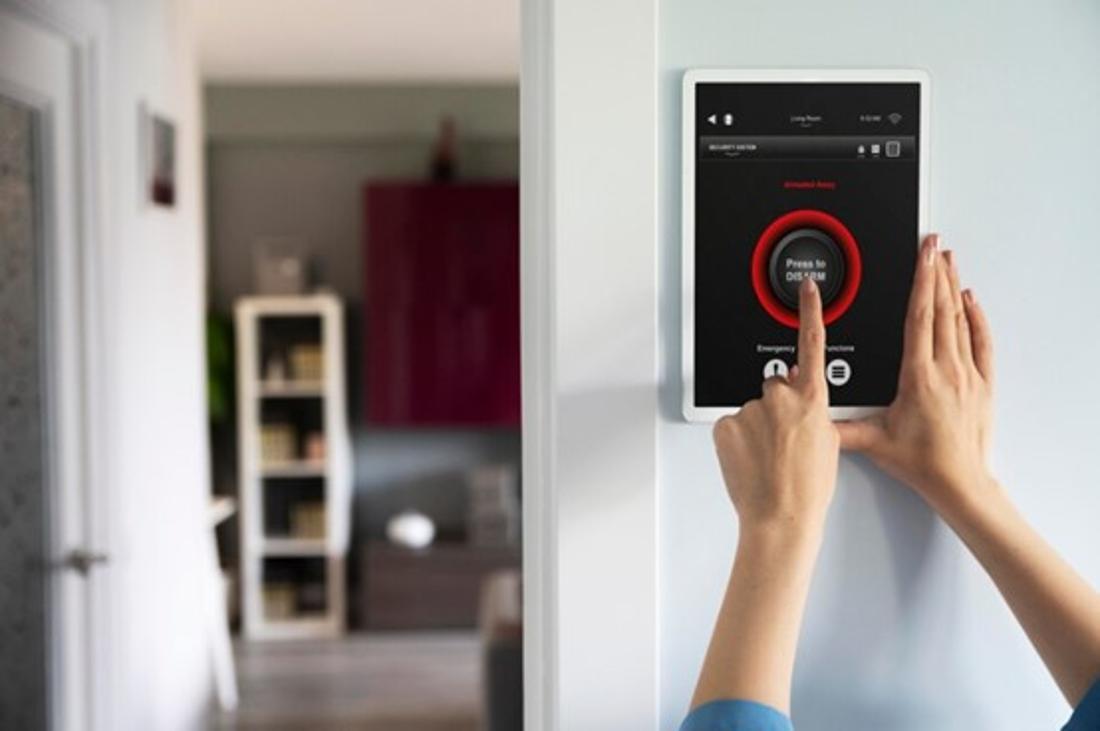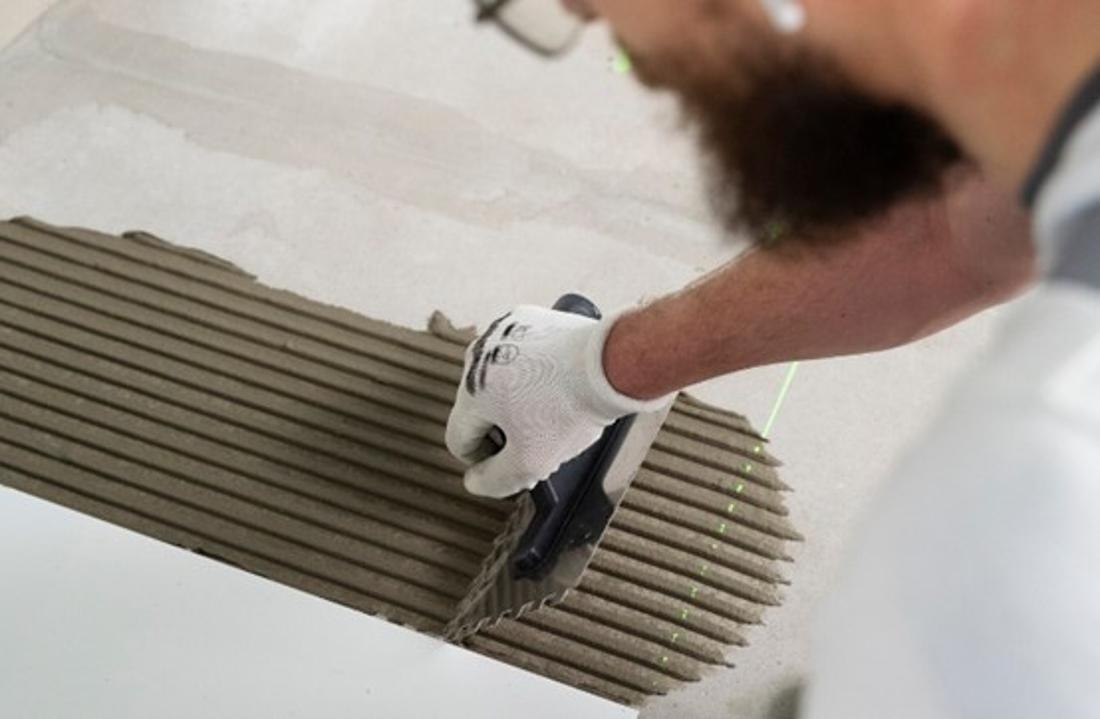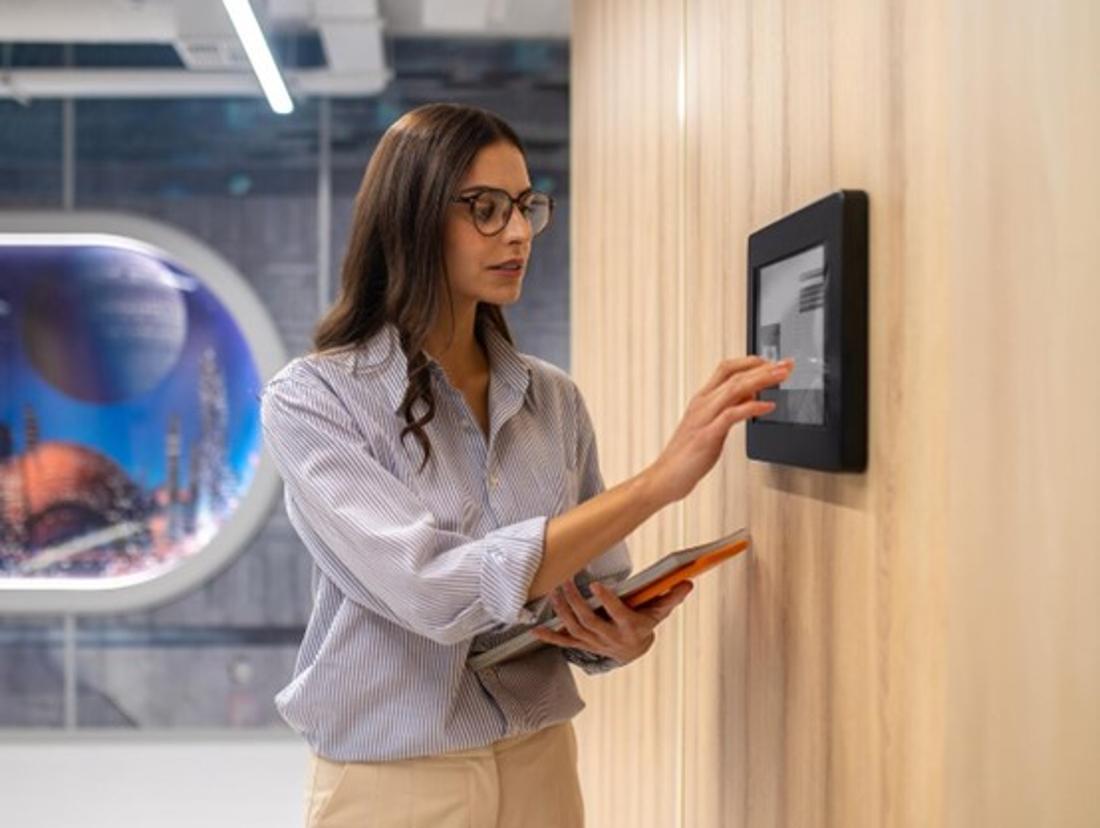Material
Innovative Fire Protection Strategies for Modern Buildings
Sep 18 2024
Fire protection is one very important aspect when it comes to building safety, as buildings continue to get even more complex and highly crowded.
As technology and construction methods continue to evolve, so must fire protection solutions. As such, hereunder are a few unique fire protection strategies that exceed mere standard methods in guaranteeing comprehensive security for modern buildings.
As technology and construction methods continue to evolve, so must fire protection solutions. As such, hereunder are a few unique fire protection strategies that exceed mere standard methods in guaranteeing comprehensive security for modern buildings.
Deploying Intelligent Fire Detection Systems
Advanced Detection:
Real-time Analysis:
Integration:
Advantages:
Using Fire-Resistant Building Materials
New Materials:
The fire-resistant concrete and gypsum boards used today have great thermal insulation and can bear extreme temperatures. This keeps the fire constrained to a particular area, hence giving more stability to the structure during a fire.
Structural Integrity:
Advanced Sprinkler Systems
Targeted Sprinklers:
Pre-Action Sprinkler Systems:
Misting Systems:
Passive Fire Protection Measures
Design Features:
Intumescent Coatings:
Combining Fire Safety with Building Management
System Monitoring:
Real-time Insights:
HVAC Automated Actions:
Frequent Training and Drills
Human Factors:
Scenario-Based Drills:
Technology Training:
Fire Safety in Architecture and Design
Early Consideration:
Key Factors of the Strategy:
New Technologies in Fire Safety
Drones:
Artificial Intelligence (AI):
Conclusion
The gains in building technologies and designs must be reflected in an improvement in our fire safety procedures. In the interest of effective modern prevention, the adoption of innovative technologies, system integration, and consideration of comprehensive safety have become really topical. Let us move with the times, implement these approaches, and enable the buildings to be safer, with a decrease in catastrophic impacts of fires on human lives and property.
Feature Company
Supplier and Contractor
Aathaworld Sdn Bhd
Aathaworld is a company that provides an innovative solution to construction & industrial sector with a green, advanced and cost-effective method. Malaysia's leading building material supplier and contractor. Providing a competitive range of products for your project to achieve an economical effect. Our team of Architects, Interior Designers, Quantity Surveyors & Engineers are ready to assure superior project development and management quality for you. Source your product and service now with Aathaworld.






